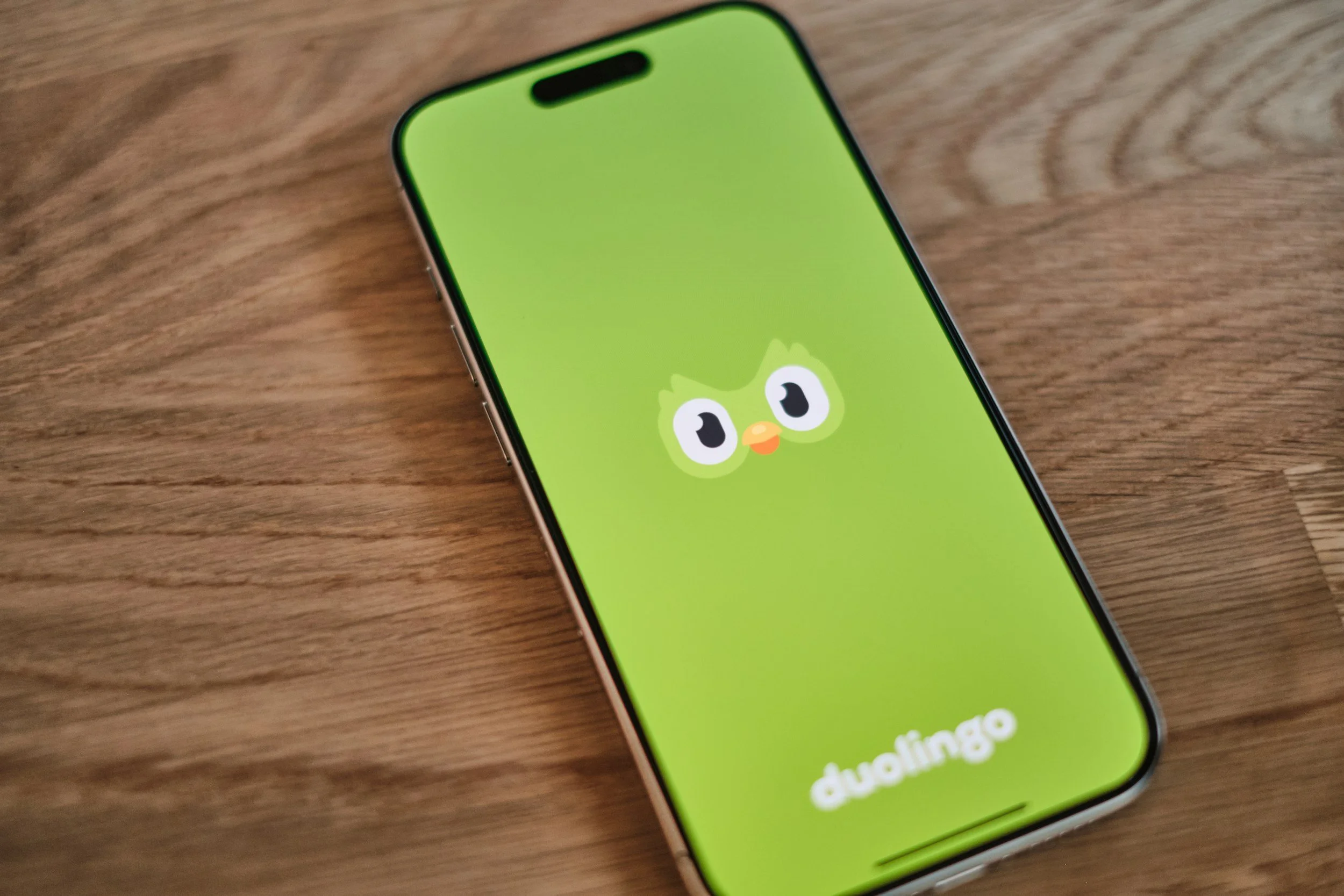Duolingo, Babbel, and Beyond: Are Language Learning Apps Worth the Hype?
Ziad Fazah: A Language Master’s Record and Modern Learning Trends
Ziad Fazah, born in Liberia and currently residing in Brazil, holds a Guinness World Record for speaking 59 languages. Imagine if he’d had the luxury of learning from home through an app! For many, language is a source of pride; for others, it’s a bridge or even a barrier. In recent years, knowing more than one language is increasingly seen as a mark of intelligence and global awareness. As Charlemagne once said, “To have another language is to possess a second soul.”
Traditional vs. Digital: The New Age of Language Learning
Many still prefer the traditional method of enrolling in formal language institutions, while others turn to language learning apps for flexibility and affordability. These apps provide a learning environment without the social pressure, making them attractive to those who may find classroom settings intimidating.
Why Language Learning Apps are So Popular
In January 2024 alone, language learning apps saw 25 million downloads globally. These apps appeal to users by blending fun, accessibility, and affordability. Here’s why they’re so popular:
Affordable Learning: Many language apps offer free modules and trials, making them accessible to those who might not afford traditional language courses.
Anywhere, Anytime Access: With just an internet connection and a device, users can learn from anywhere – at home, in the office, or even while on the go.
Customizable and Flexible: Users choose their own pace, course duration, and learning mode, making it easier to fit language learning into busy schedules.
Minimal Effort Required: With bite-sized lessons, apps keep learning simple and manageable, making it easier for users to stay motivated without feeling overwhelmed.
A 2016 study revealed that students learning a foreign language through mobile-assisted environments felt less stress compared to those in traditional classrooms.
The Rise of Gamification: How Apps Are Designed to Hook You
Language learning apps often use tactics similar to social media and gaming platforms to encourage daily use. This includes streaks, rewards, and reminders that trigger the brain's dopamine pathways, creating a cycle of positive reinforcement. Here’s a look at the addictive features:
Continuous Rewards: Experience points and badges offer dopamine boosts, similar to gaming apps.
Streaks for Consistency: Daily learning streaks encourage consistency and are mentally satisfying for users aiming for long streaks.
Hearts and Lives: Incorrect answers cost users “hearts,” which limits their learning time. Premium versions offer unlimited hearts, creating an incentive to upgrade.
Virtual Currency (Gems): Apps like Duolingo offer virtual currency for reaching milestones, which can be used for in-app purchases.
Instant Feedback: Positive feedback is given immediately after lessons, boosting confidence and encouraging users to continue.
Surprise Power-ups: Unexpected rewards further stimulate dopamine release, promoting prolonged engagement.
These design elements aren’t just fun; they’re designed to keep you coming back.
The Shift from Traditional to Digital: Is Real-Life Application Being Lost?
Language apps promise quick, flexible learning, but they often fall short when it comes to real-world fluency. According to Diane Freeman, a linguist at the University of Michigan, effective language learning requires human interaction. Many users report that despite completing all levels, they still struggle to converse naturally in their chosen language.
For instance, Stephen Sacco, who completed a Duolingo Swedish course, discovered he couldn’t pass an elementary Swedish test or understand native speakers. This shows that while apps can help with vocabulary and grammar, they may lack the depth needed for real-world conversation skills.
The Downside of Digital Learning: Is Addiction a Factor?
Language learning apps are often engineered to be as addictive as social media. Notifications, streak reminders, and guilt-inducing messages encourage users to log in daily. As one user shared, “Duolingo messaged me incessantly, like a spurned lover, begging for my return.”
This relentless engagement strategy raises the question: are these apps more focused on retention than education?
Where Language Learning Apps Fall Short
While apps like Babbel, Drops, and Mondly cover basics like grammar and pronunciation, they often lack cultural immersion and conversational practice. For users hoping to connect with literature, history, or real-world dialogue, these apps can feel limiting.
One notable exception is Lirica, which incorporates popular Latin music to teach Spanish and German. This approach allows users to absorb language through culture, making learning more meaningful and immersive.
Are Language Learning Apps Effective?
The effectiveness of these apps largely depends on the user’s goals. For short-term needs, such as understanding a trending show or preparing for a trip, language apps offer a convenient solution. But for long-term fluency, they may only serve as a starting point. While these apps are excellent for vocabulary building, they lack the interpersonal nuance that true fluency requires.
The Bottom Line: Fun and Functional, But Not Foolproof
Language learning apps are a fantastic tool for expanding your linguistic abilities. However, it’s important to use them as a supplement to real-life practice rather than a replacement. While the gamified features can be engaging and even addictive, true learning is most effective when it’s balanced with real-world application.
Final Thought: Use language apps to build a foundation, but remember that real-world communication is essential for full language mastery.
-Chandrani and Rijul
